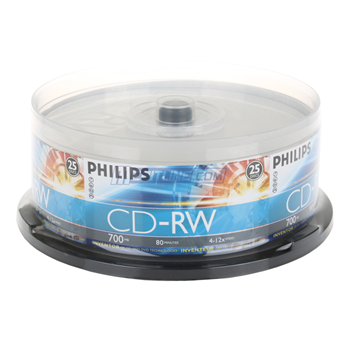
With scientists discovering that keyboards carry up to 5 times as much bacteria as a public toilet seat, and the likelihood of you reading this article with a keyboard within a fingers length away from you, we think it’s safe to say going out of your way to figure out how to clean your keyboard is something well worth your time.
Sure, it may be visually unappealing, but it also must be taken into account that desktop hygiene is in fact a thing that should be constantly noted – especially in this day and age when nearly everyone comes in contact with a computer and a keyboard on a daily basis. But exactly what bacteria is flourishing in the crevices of your keys? From E.Coli to Staphylococcus aureus (a nasty bug that creates toxins that lead to food poisoning) it should be known that this bacteria is, well, bad. Never fear, Meritline has your back – read on to find out a few methods to make sure your keyboard is squeaky clean and grime free.
Reminder: Before you utilize any of these methods, ensure that your computer and or keyboard is powered off or unplugged.
Step 1
For a quick way to remove any surface debris that is clogging up your keyboard, turn your keyboard upside down and grab a can of compressed air and spray away and large bits.  Take care to do this on a desk or any other hard flat surface where you can easily clean up the mess afterwards. After a thorough spray, tap the keyboard against a flat surface (we suggest a notebook placed on a desk to absorb the shock and be a bit more gentle on your keyboard). After tapping, you should see additional debris fall out. If you feel like there is still large bits of grime inside, repeat these steps.
Take care to do this on a desk or any other hard flat surface where you can easily clean up the mess afterwards. After a thorough spray, tap the keyboard against a flat surface (we suggest a notebook placed on a desk to absorb the shock and be a bit more gentle on your keyboard). After tapping, you should see additional debris fall out. If you feel like there is still large bits of grime inside, repeat these steps.
Step 2
Now that you have all of the large debris out of the way, it’s time to get into the nitty gritty. Grab a handful of q-tips and dip them in ispropyl alcohol and go to town with cleaning
the crevices of your keys. While cleaning the sides of them, note when the q-tips starts coming up clean – that is when you’re done with step 2.
Step 3 (Optional)
If you really want to ensure that your keyboard is completely grime and bacteria free, this step is essential. However, if your primary concern is your keyboard only looking aesthetically pleasing, you may skip this final step. Being the most labor intensive, you will have to remove every key on your keyboard, if possible.
Being the most labor intensive, you will have to remove every key on your keyboard, if possible.
Do research on your keyboard brand and look up how to remove the keys in order to do this safely without breaking your keyboard, a generic technique is to use a screwdriver or something similar to gently pry them up. Once all keys are removed, take a wet rag that has been thoroughly squeezed out and wipe the keyboard surface lightly. take each individual key and wipe them down to ensure they are completely clean and replace them onto your keyboard.
If you just don’t want to confront the grime or feel like your in way too deep with your keyboard and it is past the point of return when it comes to cleanliness, start fresh with one of our keyboards and keep it clean with our methods you just read:





